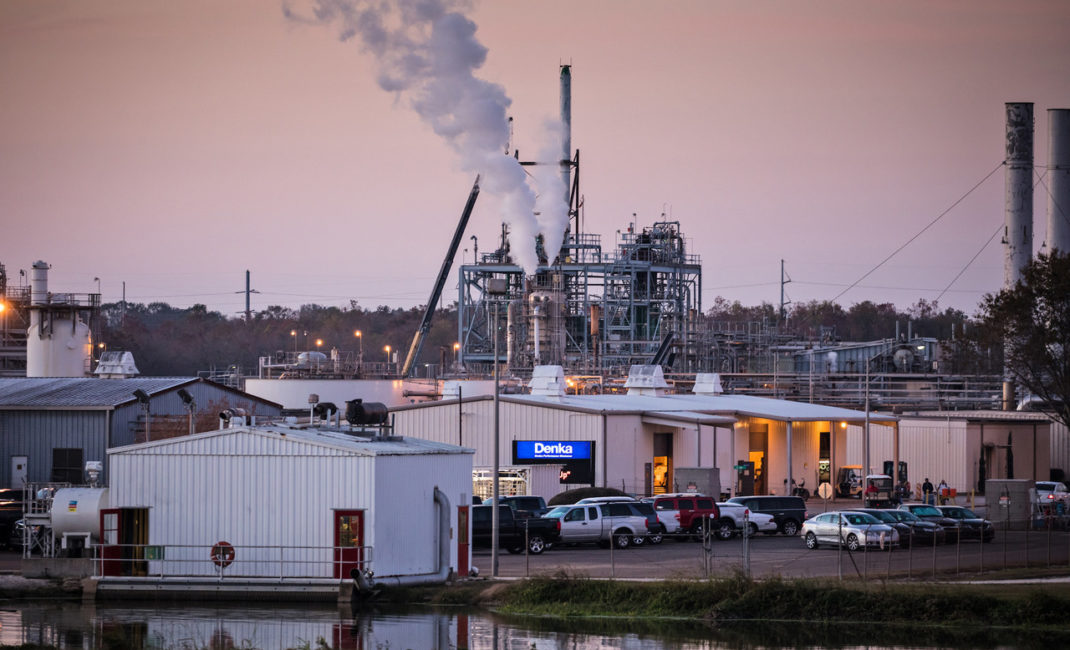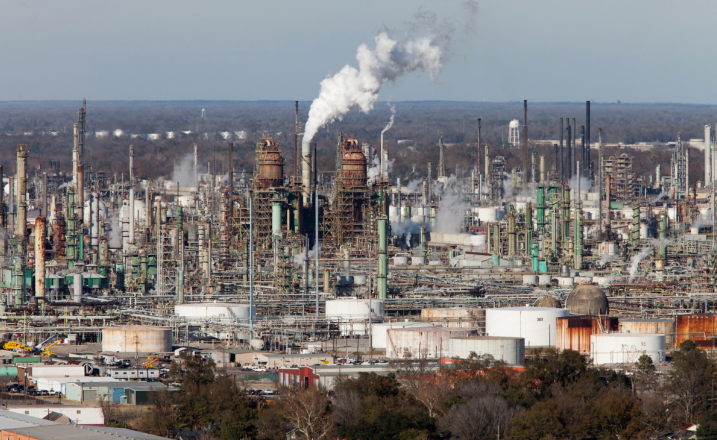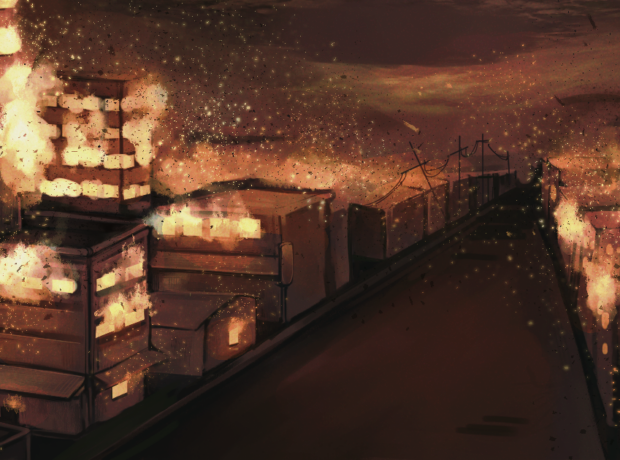“It’s a battle that we are winning, and we’re winning because they can’t save the planet without saving us.”
Dr Beverly Wright has had a long and distinguished career in academia and in activism, as well as being a prolific writer. At the heart of her work from the beginning has been her commitment to exposing the connections between race and pollution – tackling environmental justice. In 1992, she founded the Deep South Centre for Environmental Justice in Louisiana, the first environmental justice centre in the United States. And as other environment justice centres have come and gone, the Deep South Centre is still going almost 30 years later.
The majority of the Centre’s work has been with communities living on the lower Mississippi, along an 85 mile stretch of the river between Baton Rouge and New Orleans that is so polluted that it has come to be known as Cancer Alley. Almost 80% of African-Americans there live in polluted neighbourhoods, as more than a hundred factories which line the river pump out a devastating cocktail of poisons into the air. In the community of Reserve, the risk of contracting cancer is 50 times the national average.
She was also heavily involved in the wake of Hurricane Katrina, a catastrophe that highlighted the systemic racism inherent in the US. She showed how black families suffered increased exposure to pollutants in the hurricane’s aftermath, and she helped support the city’s displaced residents, the vast majority of them black, in returning to their homes.
Wright has been in this work since the 1970s, and what she does is as vital as ever. During the pandemic, the US Environmental Protection Agency suspended enforcement of anti-pollution regulations. That meant those living in toxic areas, areas like the Mississippi River Corridor, areas that are disproportionally the homes of communities of colour, were even more vulnerable to diseases than before. And that includes Covid, which appears to have more severe impacts on those who are forced to breathe bad air, and Cancer Alley is experiencing some of the highest rates of Covid deaths in the States. The phrase that Wright helped popularise more than three decades ago – “the wrong complexion for protection” – is as true as it ever was.

The Denka Performance Elastomer factory in LaPlace, La., emits the chemical chloroprene. In 2010, the Environmental Protection Agency classified the chemical as a likely human carcinogen.
Find out more here.
Listen and subscribe to Spoken Earth here.
Main image of Cancer Alley by Julie Dermansky.
Read more:



